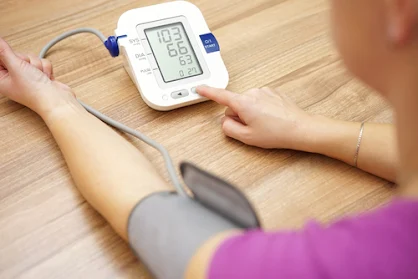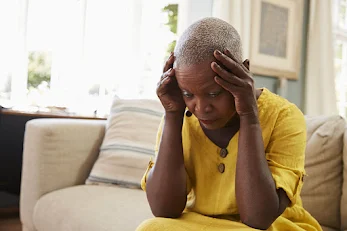Low Blood Pressure Treatment
Low blood pressure is referred to as any blood
pressure that is below the normal expected for an individual in a given
environment. Low blood pressure is also referred to as hypotension.
There are two measurements of the blood pressure on artery walls: systolic and diastolic. Systolic is the pressure when the heart is contracting, and diastolic is the pressure between heartbeats. Both measurements record blood pressure in millimeters of mercury (mm Hg). When noting the measurement, doctors write the systolic number above the diastolic one.
Healthy blood pressure for most people is usually less than 120/80 mm Hg.
There is not an accepted standard for low blood
pressure, but medical experts recognize a value of less than 90/60 mm Hg as
being hypotensive.
Symptoms of low blood pressure
Many people with low blood pressure have no
symptoms. Hypotension is only concerning when the pumping pressure is not
sufficient to deliver oxygenated blood to the organs. When this happens, people
may experience symptoms such as:
- dizziness
or lightheadedness
- nausea
- fainting
- dehydration
and unusual thirst
- blurred
vision
- fatigue
- rapid,
shallow breathing
- cold,
clammy, and pale skin
- depression
- lack of
concentration
Causes of low blood pressure
Low blood pressure can be temporary or longer
lasting. It can also indicate an underlying medical condition.
According to the American Heart Association (AHA)
and the National Heart, Lung, and Blood Institute, the underlying causes of low
blood pressure can include the following:
- aging
- prolonged
bed rest
- certain
medications
- side
effects of high blood pressure medications
- diabetes
- pregnancy
- heart
problems
- endocrine
problems
- severe
infection
- severe
allergic reaction (anaphylaxis)
- decreases
in blood volume from bleeding or dehydration
- neurally mediated
hypotension
- nutritional deficiencies, such as in vitamin B12 and folic acid
Low Blood Pressure Treatment
More fluids. Dehydration decreases blood volume,
causing blood pressure to drop. Staying hydrated is especially important when
exercising.
Foods high in vitamin B-12. Too little vitamin B-12
can lead to a certain type of anemia, which can cause low blood pressure and
fatigue. Foods high in B-12 include eggs, fortified cereals, animal meats, and
nutritional yeast. (5 Warning Signs of Vitamin B12 Deficiency You Should Never Ignore)
Foods high in folate. Too little folate can also
contribute to anemia. Examples of folate-rich foods include asparagus, beans,
lentils, citrus fruits, leafy greens, eggs, and liver.
Salt. Salty foods can increase blood pressure. Try
eating canned soup, smoked fish, cottage cheese, pickled items, and olives.
Caffeine. Coffee and caffeinated tea may temporarily
spike blood pressure by stimulating the cardiovascular system and boosting your
heart rate.
Tips for avoiding low blood pressure
Talk to your healthcare provider or a dietitian about
healthy foods to include on your shopping list. There are ways you can modify
daily behaviors that may help as well.
If you suspect you may have anemia, be sure to visit
your healthcare provider for testing to pinpoint the type of anemia and the
best treatment options.
Here
are a few other changes you can make to your diet to help raise your blood
pressure:
Eat small meals more frequently. Large meals may
cause more dramatic drops in blood pressure, as your body works harder to
digest larger meals.
Drink more water and limit alcohol. Dehydration
lowers blood pressure.
In addition to altering your diet, you may also be
able to raise your blood pressure by making these lifestyle changes:
- If you
exercise outdoors in extreme heat, take frequent breaks and be sure to
increase hydration efforts.
- Avoiding
spending long amounts of time in saunas, hot tubs, and steam rooms which
can cause dehydration.
- Change body
positions (such as standing up) slowly.
- Avoid
prolonged bed rest.
- Wear
compression stockings, which help blood move back upward from your legs
and feet.
The
above mentioned tips would help raise your blood pressure to a normal level.
Leave
your comments below.
READ ALSO: 5 ways nutrition could help your immune system fight off the coronavirus













.jpg)
